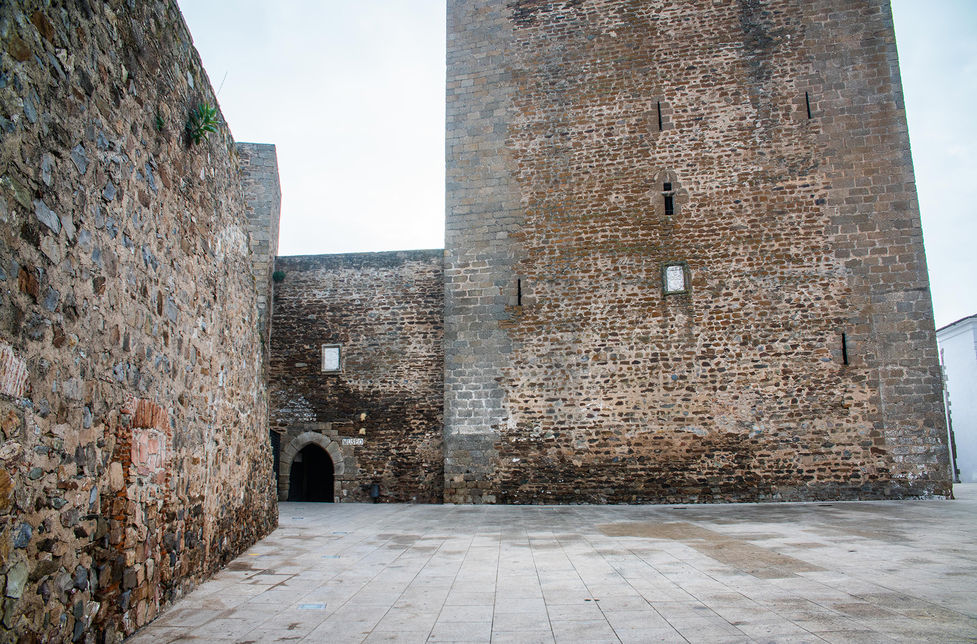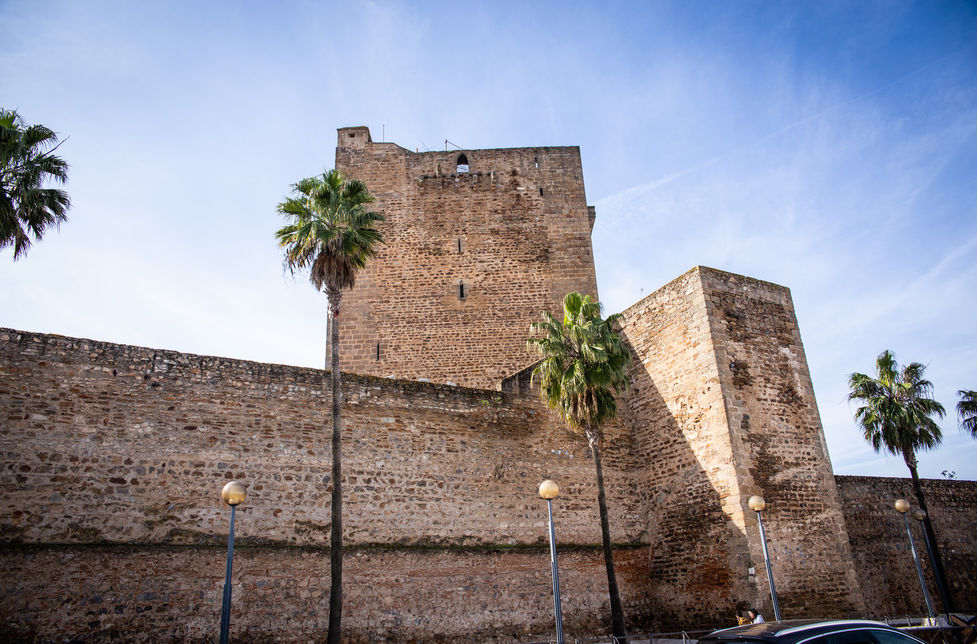OLIVENZA The Citadel: Alfonso IX de León and Alfonso X ‘The Wise’ de Castilla y León
Sobre la parada
This is where Olivenza began: where today stand the citadel and fortress, there used to be a Templar castle and church, that were later replaced. Today, part of the castle and the King's Bakery (dated from the 18th Century) hold the González Santana Ethnographic Museum.
Relationship with the royal character
The very last king of León, Alfonso IX reigned during the famous Las Navas de Tolosa battle (1212) and he conquered the cities of Badajoz, Cáceres and Mérida from the Muslims in 1230. After, he continued his pursuit on to Seville, to the South, and handed over Burguillos and Alconchel to Templar knights, in order to consolidate his power in the area. From there, the knights founded the village of Oliventia in which today is the inner part of the first wall.
The first documents to ever directly mention Olivenza date from 1278, when the council and bishopric of Badajoz complained to King Alfonso X ‘The Wise’, grandson of Alfonso IX and grandfather of D. Dinis, reclaiming the village founded by the Templar knights, whom they accused of not having jurisdiction there because those lands belonged to Badajoz. The King believed these claims to be right and Olivenza then became a village under the rule of Badajoz.

